As recent events in America have demonstrated, rights can often be taken away as easily as they’re granted. But one of the strongest examples of this can be found in India. In 2013, the country’s Supreme Court reinstated an outdated Colonial era law that was struck down in 2009, again making homosexuality illegal. Hundreds of LGBTQ people have since been arrested for “carnal intercourse against the order of nature.” As a consequence, India’s LGBTQ communities aren’t the easiest to discover. But they definitely exist. Photographers Sunil Gupta and Charan Singh have been documenting queer life in the capital city of Delhi as part of their gay liberation activism. They were asked by the New Press to put together a book about the lives of India’s LGBTQ people. Delhi: Communities of Belonging was published in 2016, offering an unprecedented window into the lives of queer India. A new exhibition by the same title features photographs that have remained unseen until now.
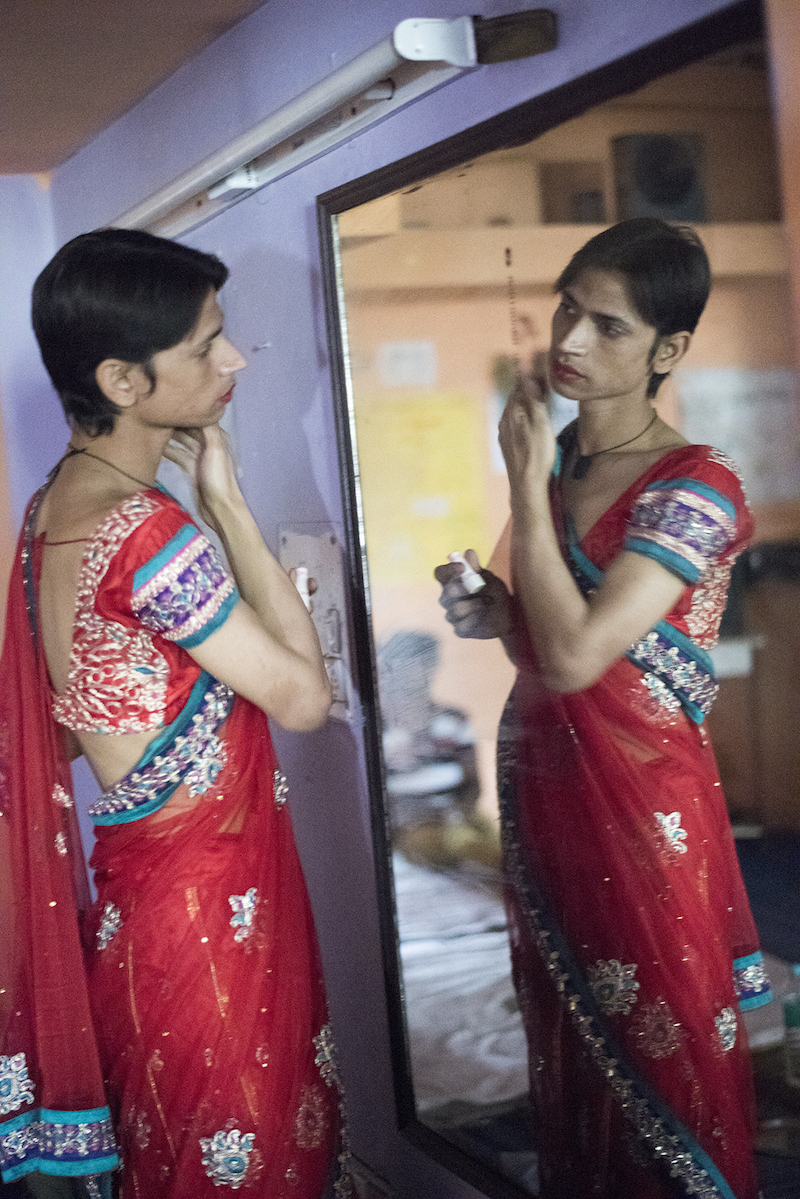
Speaking to Vice about how India’s queer scene has changed over the last few decades, Singh said that acceptance isn’t growing nearly as fast as it is elsewhere in the world. “Gay men are all still married,” he said. “Back in the 1980s, when I was taking the pictures [and] meeting these people at the parks, they were claiming to be gay, and I used to say, ‘Well, you’re not gay because you’re married with five children.’ They’re not gay in the sense that the West knows — that you walked of your house, left your biological family home, and didn’t get married to the opposite sex and had children. That’s a huge social pressure and norm in India, and it’s still there [today.]” The photographers touch on these issues while avoiding a victim narrative. Some of the photos are of gay couples, others of people interacting with their children or pets. One of the most heartwarming photos is a smiling father playing with his young daughter on a bed.
“Delhi: Communities of Longing” is on view at sepiaEYE in New York until May 6, 2017.
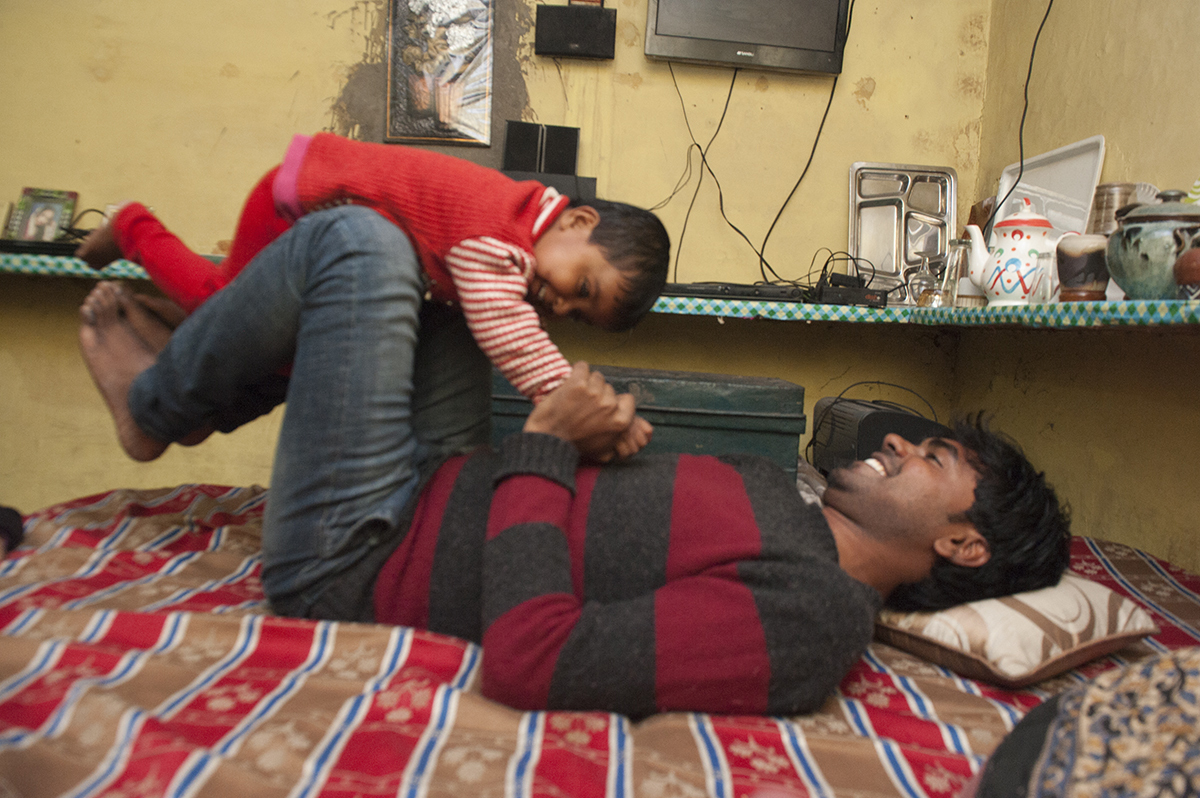
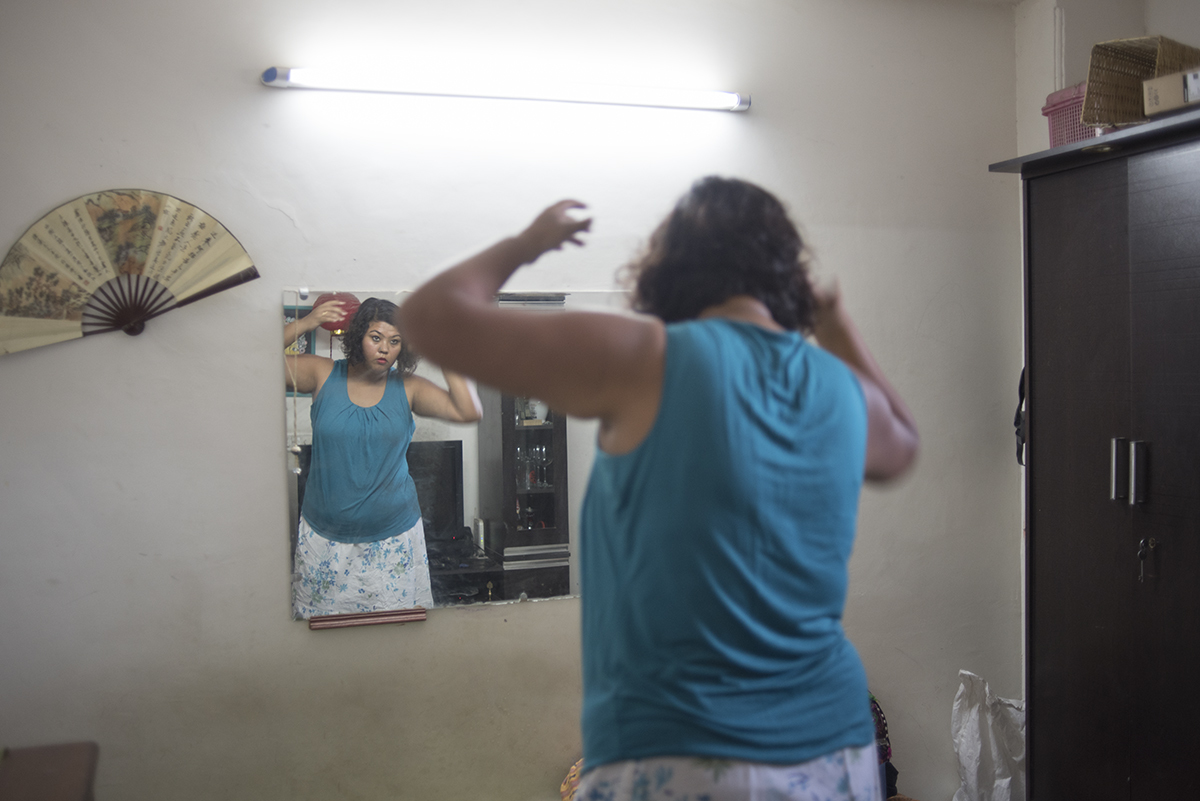

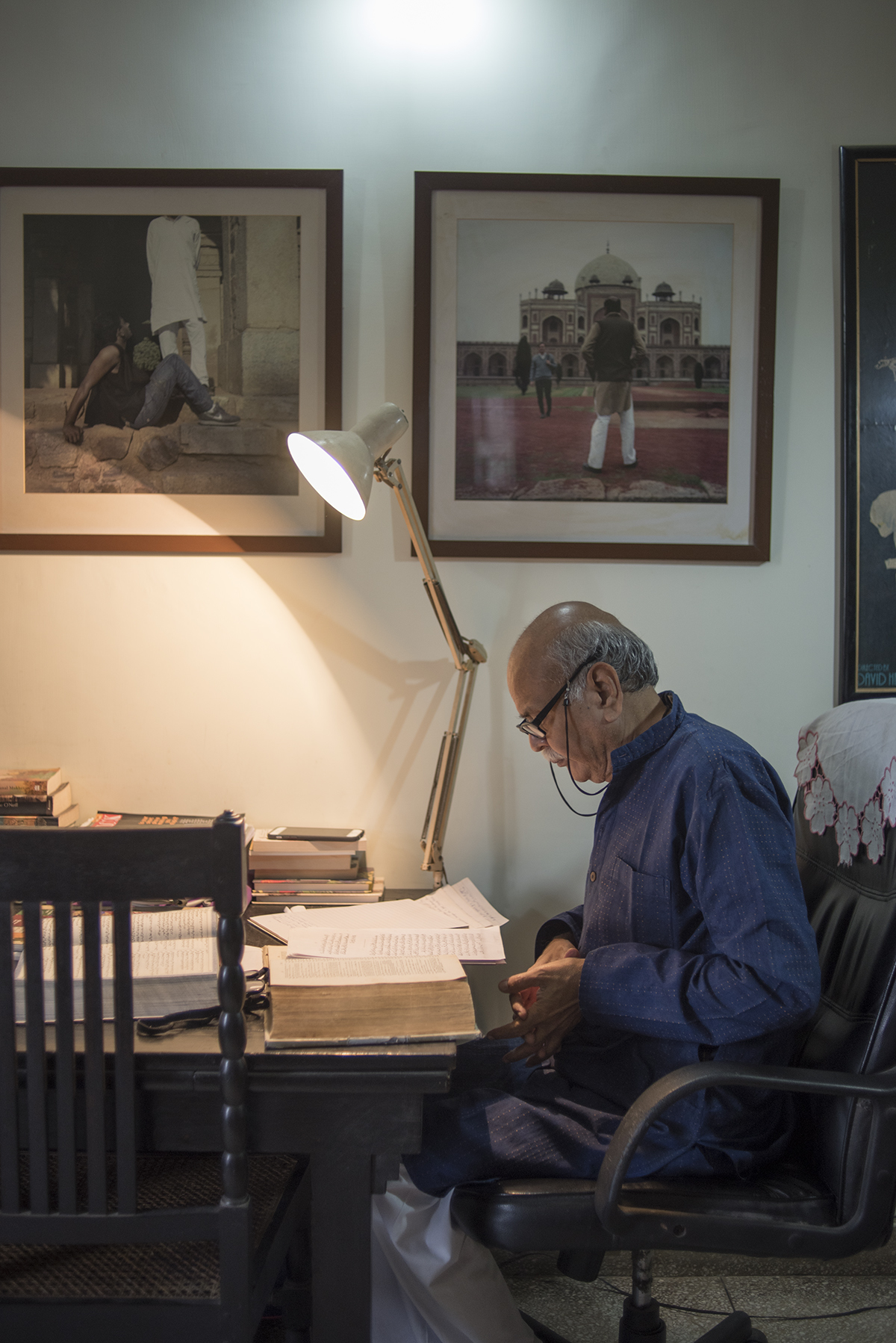
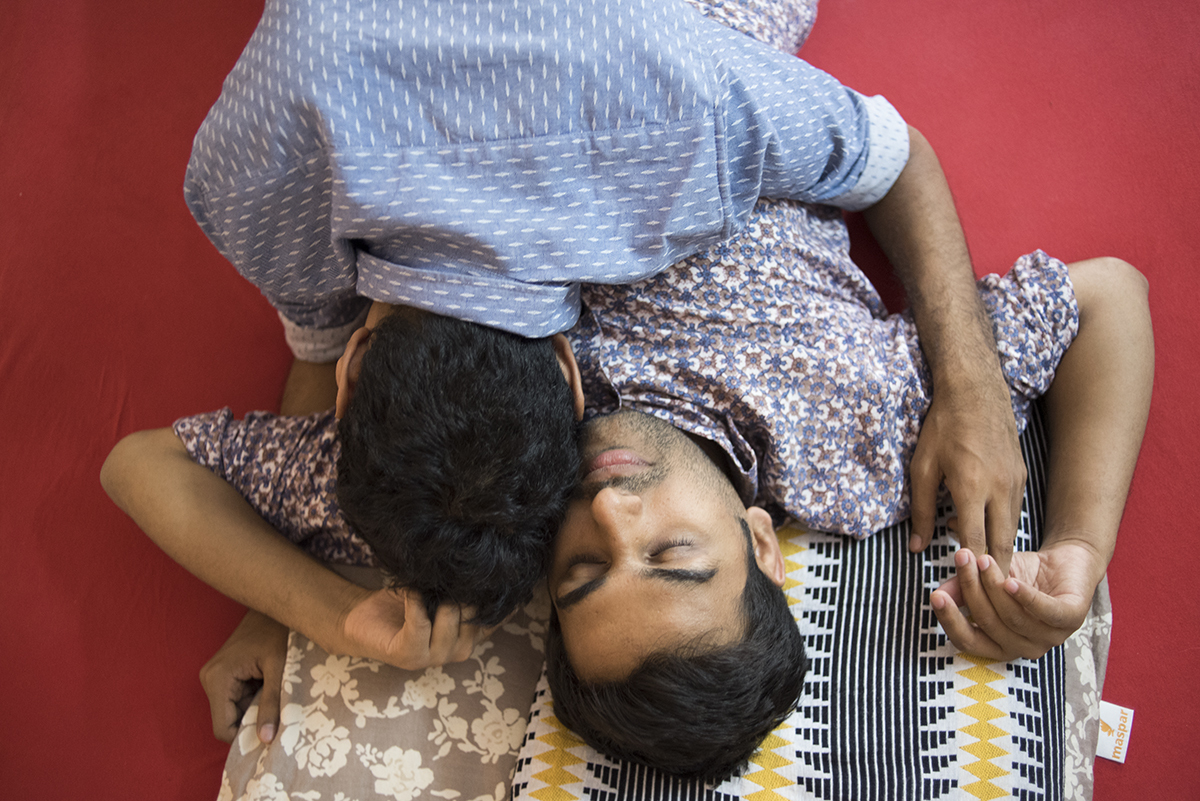
Credits
Text Hannah Ongley
Photography Sunil Gupta and Charan Singh
